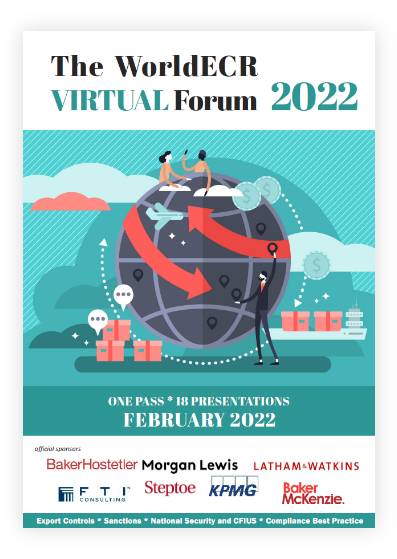Partnering and flexibility key to workable consent agreement, says DTAG
The US Department of State has published a white paper, submitted in September 2019, written by the Defence Trade Advisory Group (‘DTAG’) regarding best practice in consent agreements (‘CA’).
The white paper explains that DTAG was ‘tasked…to assist the State Department’s Directorate of Defense Trade Controls, Bureau of Political-Military Affairs (DDTC), by analyzing fifteen Consent Agreements approved by DDTC from 2011 to mid-2019, and to recommend how DDTC’s Consent Agreement process could be improved.’
The paper explains the process of the Consent Agreement, its constituent parts and the respective roles of those involved. In its summary recommendations, the white paper says, ‘DTAG is sensitive to the Department’s need to balance (and indeed we advocate for herein) standardization along with customization as well as knowing that when a CA is first engaged there are known unknowns. That said, DTAG believes the goal of any CA is longterm, sustainable compliance. DTAG has provided numerous recommendations … toward achieving that goal. In that context, DTAG requests the Department generally consider the following as summary recommendations: ‘
- Publish or refine standardized guidance in appropriate areas such as qualification requirements and guidelines for 3rd parties (e.g. auditors and/or Dos [designated officials]) and general expectations of a compliance program.
- Partner with the Respondent to customize (to the extent appropriate) the Consent Agreement and remedial actions to ensure greatest levels of program implementation, culture change, and compliance sustainability
- Add flexibility where possible to drive a holistic approach to all efforts under the CA, allowing for requirements to shift based on DO inputs or other monitoring and reporting.
- Remain mindful of the multitude of requirements inherent to CAs and help Respondents focus on those that are significantly impactful in addressing failures that brought on the Agreement (and thereby preventing future non-compliance) and instituting a culture of compliance at the Respondent company.’



